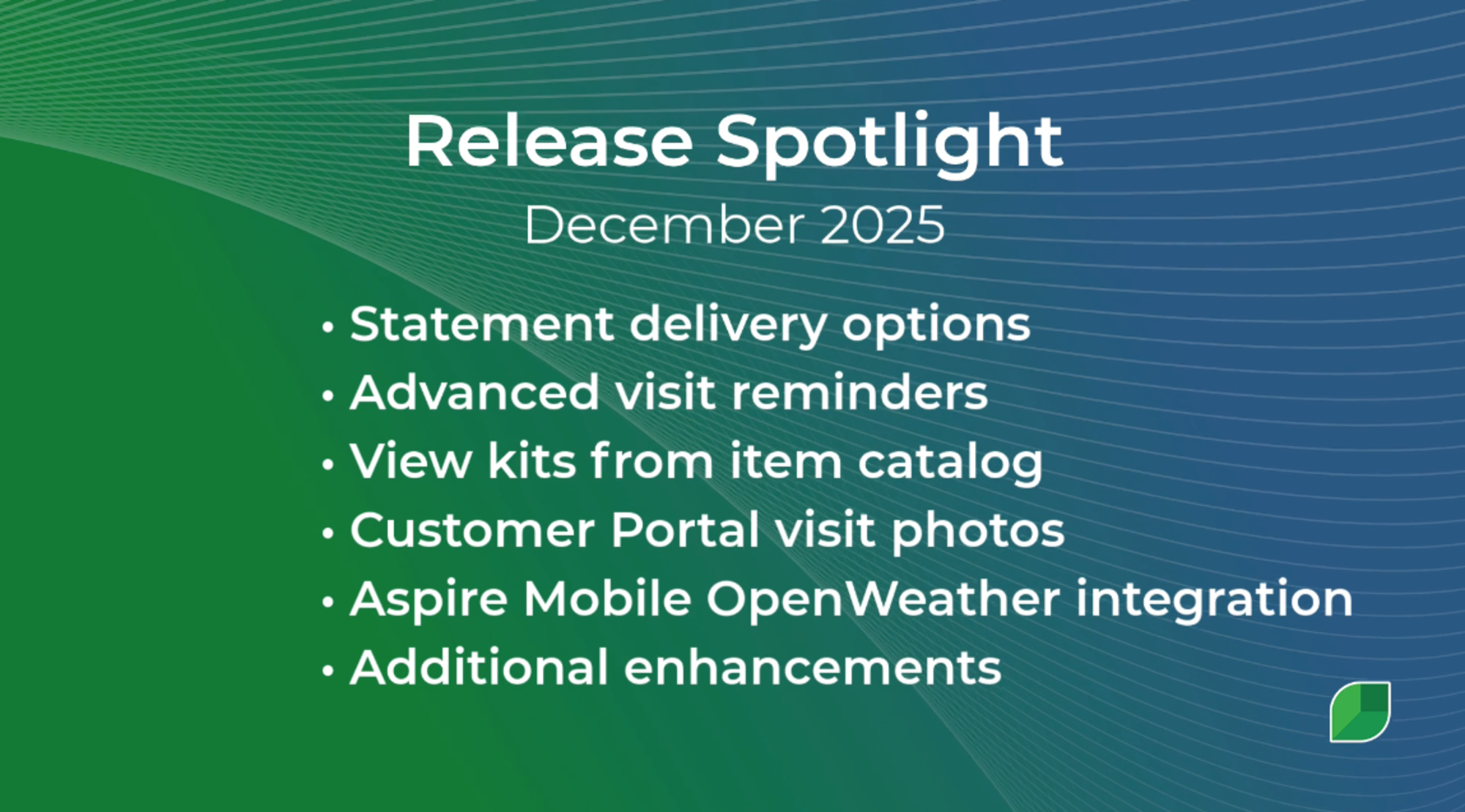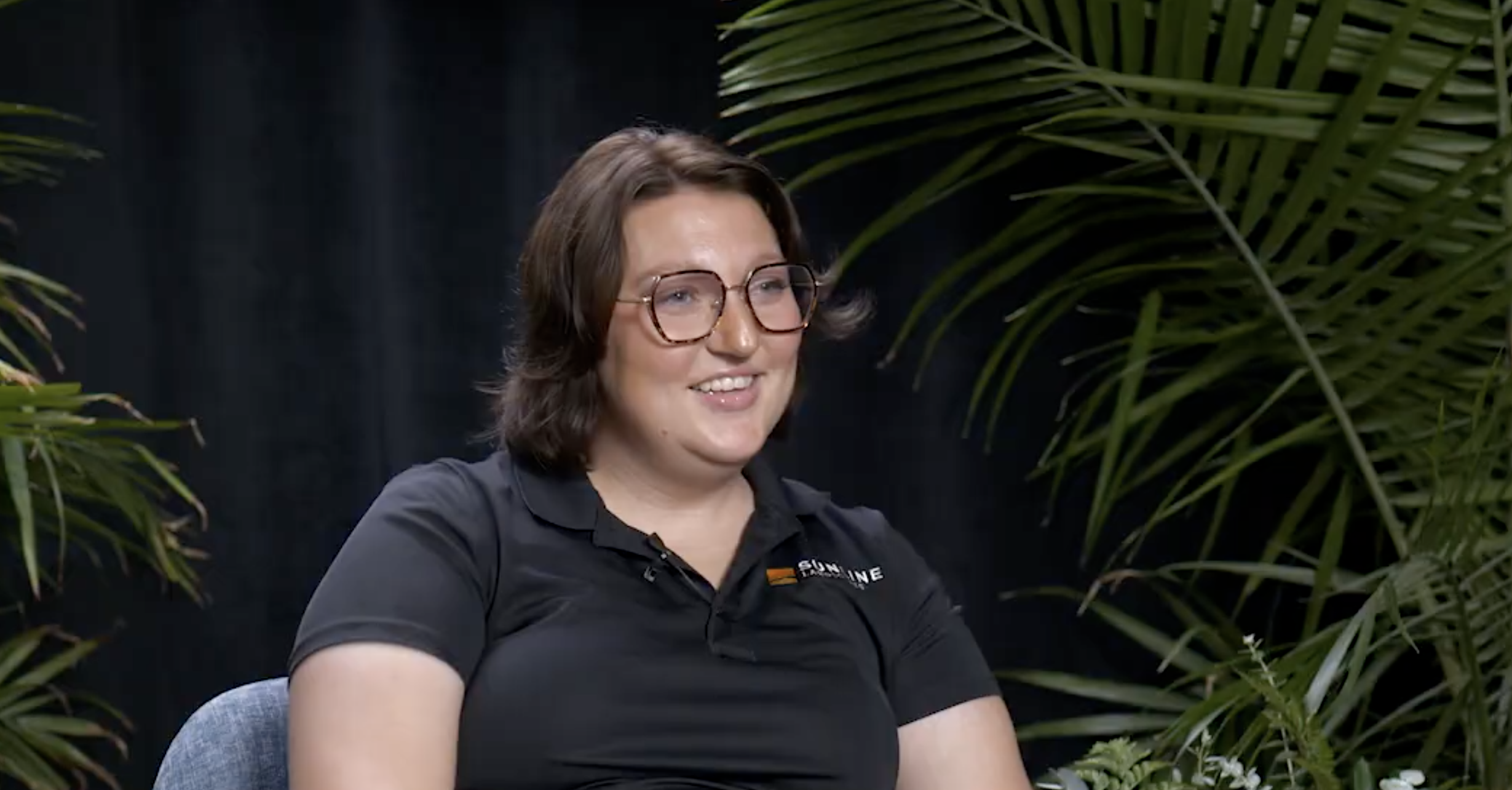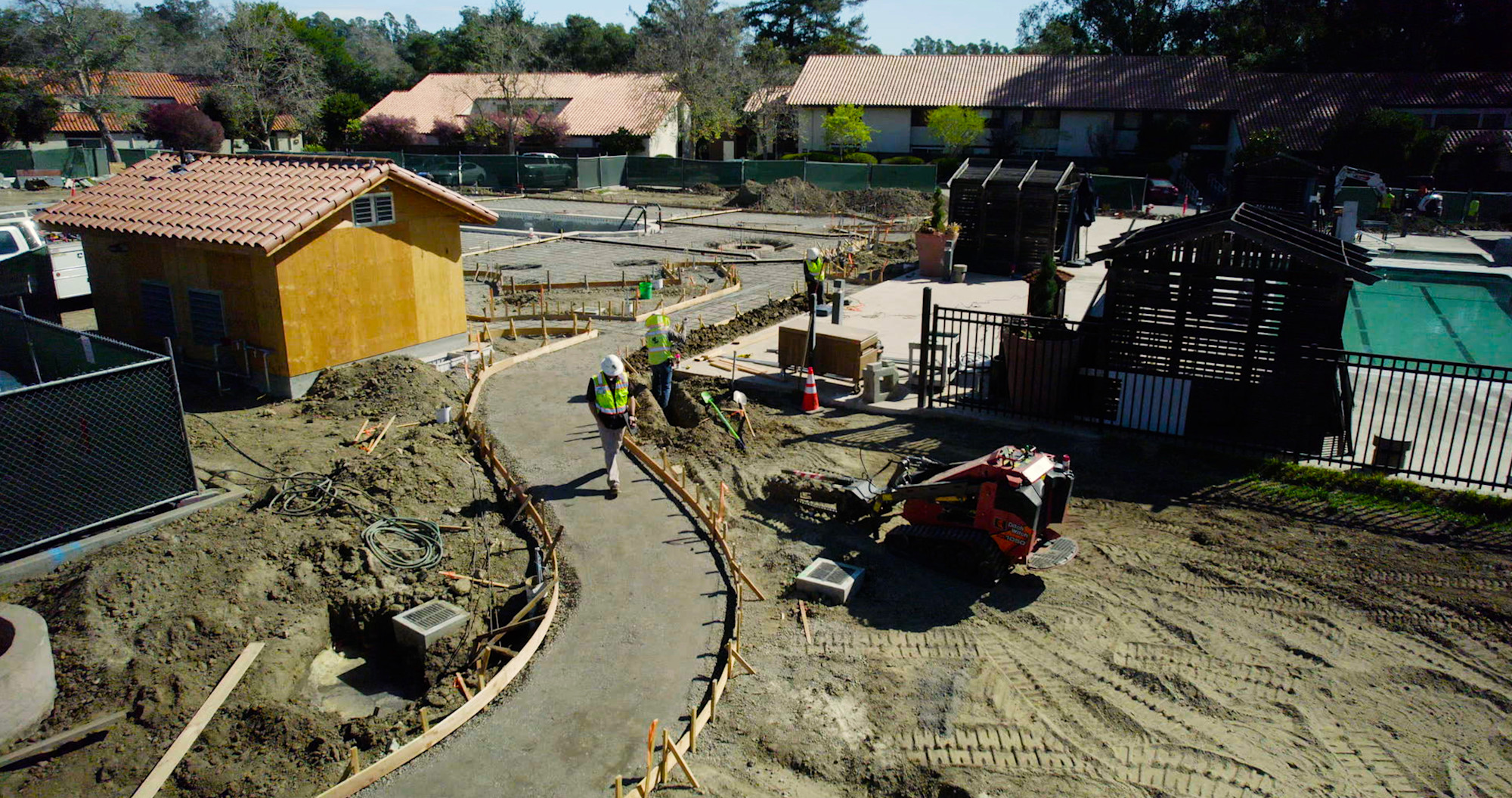Recently, Aspire Software sponsored the 6th Annual Landscape Industry Peer Benchmark Report, prepared by my team at The Herring Group.
Encouraging Numbers for Growing Companies
Whether your company participated in this year’s benchmark report or not…
In the landscape industry, there is a single statistic that measures customer satisfaction, management effectiveness, employee efficiency, and the company’s ability to endure.
That statistic is pre-tax profit margin, which is revenue less all expenses (including depreciation and owner’s compensation) except taxes divided by revenue.
Here is why it works: If you do not retain customers, your sales process is more expensive, and it eats into your profits. If management is ineffective or employees are inefficient, your profit margin dips. And if your profit margin is high enough, it can help you through a recession or in an unexpected emergency. Profit margin serves as a shock absorber during the tough times in business.
The great news is that it is possible for companies of all sizes to have a healthy pre-tax profit margin. You might even say that “size doesn’t matter!”
The following table shows the number of companies in each range of pre-tax profit margin.
In our opinion, landscape companies should have a pre-tax profit margin exceeding 10%.
The example below shows the profit opportunity for a company currently at 6% profitability and $8 million in annual revenue.
If the company is able to achieve just 10% profitability, they will unlock $320k in profit—every year.
Depending on the size and current profitability of your company, you can use the chart above to calculate the potential opportunity if you could shift profitability by just a few percentage points in 2020.
Another interesting statistic from this year’s report has to do with “return on invested capital.” You can calculate a rough approximation of this statistic for your own company by taking pre-tax, pre-interest profit and dividing by equity plus debt less cash.
BrightView, a company with annual revenue of well over $2 billion, had a 5.4% return on invested capital. (Though they did not participate, these numbers are publicly disclosed.) Imagine taking $1000 to the bank and putting it into a CD, and only getting an extra $54 back for your trouble when you take your $1000 back out at the end of the year. Not so great!
By contrast, the median return on invested capital across all participants in the 2019 report was 29.8%. Several companies had returns of well over 100%. Going back to our CD example, that is like getting more than $1000 back every year. These returns mean landscape companies are excellent cash-generating investments, but owners need a plan to minimize operational risk.
The Herring Group analyzed the financial statements of all 53 participants. Based on their analysis, here are some of their recommendations:
Separate enhancements revenue from maintenance revenue and use enhancements as a percentage of maintenance as a key performance indicator for account managers.
Separate enhancements from construction because potential buyers will see enhancements as recurring revenue, making the company more attractive.
Make your QuickBooks income statement a valuable tool to help you see clearly. Organize it with a few subtotals like vehicles and equipment, indirect expenses, sales and marketing, and general and administrative expenses.
Make sure the job cost software gross profit equals QuickBooks gross profit.
Tell your tax CPA to provide you with a GAAP depreciation estimate for the current year and record 1/12th of it each month in your income statement.
Your Opportunity for Next Year
Gaining knowledge and general insight about benchmarking is an excellent use of your time because taking in valuable industry information makes a person’s natural business instincts even stronger over time.
That said, human instincts do have limits. A single human brain only has so much bandwidth, so it is usually not ideal for an owner to serve as the “24/7 risk mitigator.”
Data collection and analysis platforms like Aspire business management software, combined with comprehensive step-by-step improvement models like The Herring Group’s proprietary Path to 12%, help owners grow their companies past the level of their own instincts.
And the insights that you get from high-quality peer benchmarking will give you and your team the ability to shift past ad-hoc “guess and wait” tactics to a true “know and decide” strategy for business decisions.
We hope you have received value from this article, even if you did not get the chance to participate in the 2019 report. If you are interested in the waitlist for next year, go to Herring-Group.com and request information about the 2020 report.







